Movie Review
Spider-Man: Homecoming Movie Review | A Tale of Two Spidey’s PART 2
By Joshua H. Stulman
If you have not yet seen Spider-Man: Homecoming, stop right now and see it before reading.

In Part 1 of my Spider-Man: Homecoming review I concluded with the point that Marvel (and DC) are purposely NOT trying to make comic accurate movies.
This is both a reflection of Hollywood politics and ultimately box office cash. Disney has really crafted a perfect template for the Super-Hero genre. They combine well-known actors (with an emphasis on diversity), an even mix of comedic and action sequences along a great pop soundtrack. Throw in some eye-popping special effects, and you have a great popcorn movie that all audiences will enjoy!
Because audiences are being introduced to the super-hero brands through media content, toys, video games and even clothing; many casual fans are not reading the comics that these characters come from. Naturally, the studio’s and directors do not feel as bound to create adaptions of the comic stories, but rather only refer to them as part of their movie formula soup.
For these reasons, there’s an awful lot of core aspects of Spider-Man that are just gutted to make the movie “successful” in the eyes of Hollywood.
Here’s some main points of what they got wrong:
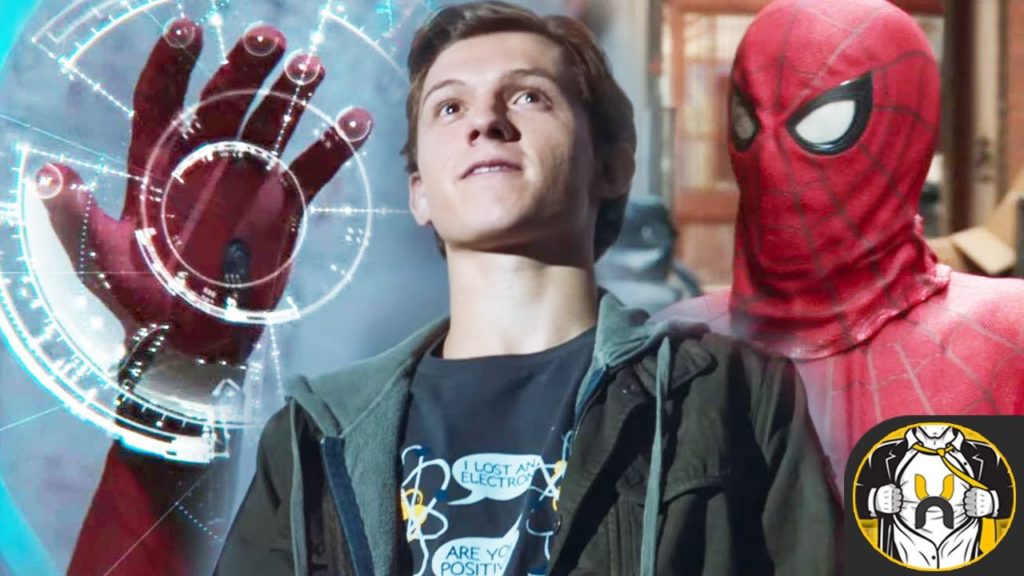
The Costume: The best part about the costume is they found a way to make the eyes expressive and natural-which is a hallmark of the comic! But the suit itself is waaaay too high tech. It includes all kinds of gadgetry and weapons similar to Iron Man, and even has an internal sentient system that talks to him ala “Jarvis.” I understand that this solution works well to help the audience understand his thoughts-but it really starts to come off as “Iron Man, Jr.” Also, Parker is a science whiz and part of that was innovating his tech. Here it’s Stark and not Parker that creates Spider-Tracers, his Spider-Signal belt, and all the innovative uses of webbing. In the comics, Spidey designs the suit to become a TV Star not a superhero, so his costume’s flashy colors made sense. It was practical for him to have a professional suit without Stark interfering.
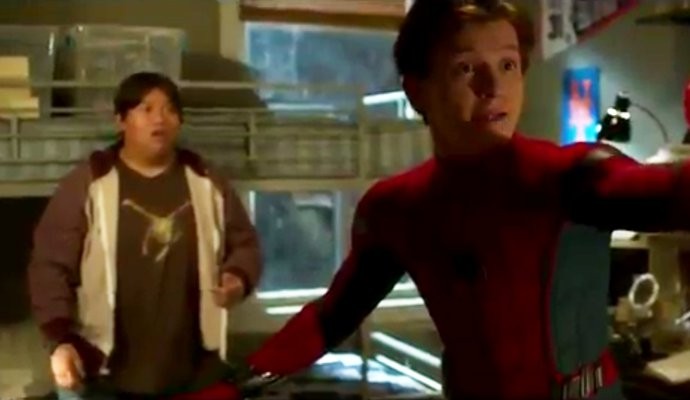
No Spider Sense or Smarts: So Spider-Man has a major power called “Spider-Sense,” which warns him of danger or the presence of others. This is what allows him to avoid bullets and punches, and oh yeah prevents people from sneaking up on him and discovering his secret ID! Well it doesn’t exist in this movie so both Ned Leeds, The Vulture, and Aunt May all discover his identity.
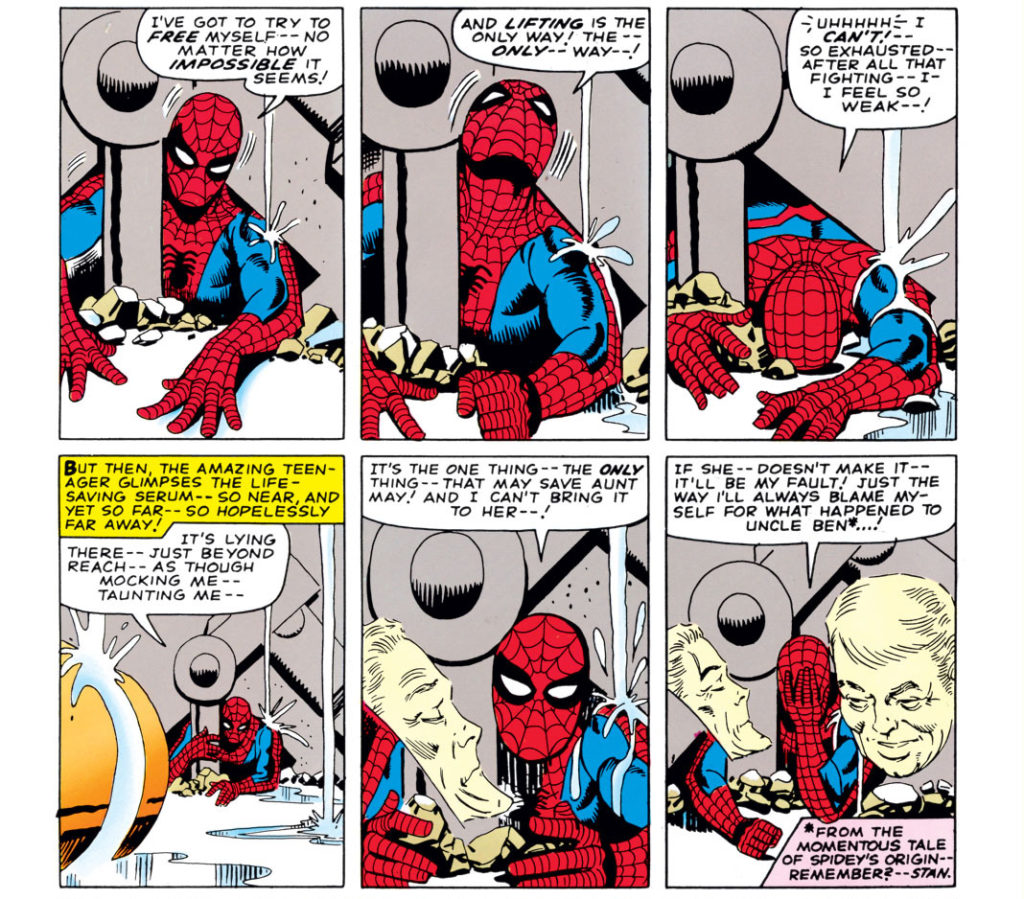
No Uncle Ben/ No Money Problems: While I like that there’s no origin story being retold for this movie (I think we’ve covered this enough in the past two series), the director really cut out the heart of Parker’s motive for being a hero. Uncle Ben is barely mentioned and I don’t even think by name, as well as his famous line “With great power, comes great responsibility.” There’s a great tribute to Amazing Spider-Man # 33, but instead of Uncle Ben being Spidey’s source of strength, it’s Tony Stark.
With Uncle Ben swept aside, so is Peter’s heartwarming devotion to his Aunt May. As a teen, Parker had to rise above both his exploits as Spider-Man, as well as bullying and the drama of High School life to financially help his ailing and elderly Aunt May. This is what at first leads him to show business and later as a career photo-journalist. This extra quality is what set him apart from other students at school making him a chick magnet for both Liz Allen and Betty Brant and later Mary Jane and Gwen Stacy. With Aunt May depicted as considerably younger and able-bodied, this entire aspect of Parker’s personality has been gutted.
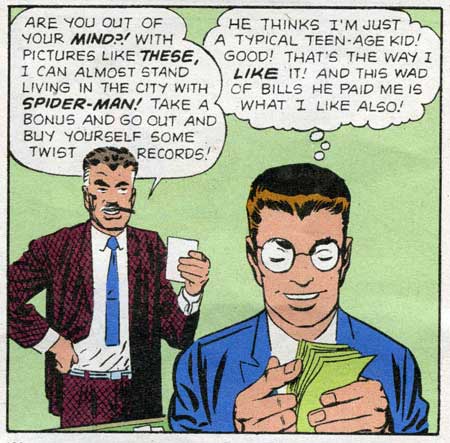
No Daily Bugle: If Parker doesn’t have an overwhelming need to support his Aunt then I guess we won’t be seeing the Daily Bugle or J. Jonah Jameson anytime soon. With plenty of news reporting moments, the director couldn’t even slip in a Daily Bugle or Jameson reference in the film. Maybe it’s because they’ve already killed off Ben Urich in Netflix’s Daredevil: Season 1.
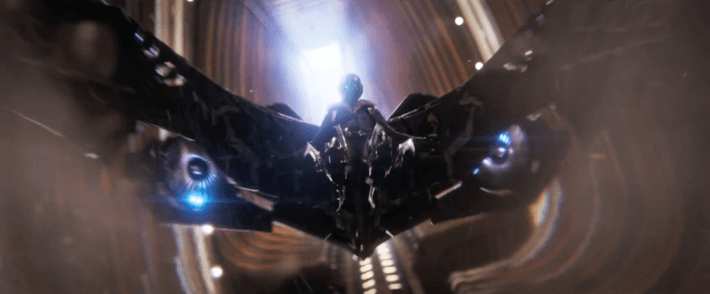
The Vulture: Michael Keaton does a superb job as The Vulture, but there’s some major things they screw up with him. First, the costume is really bulky and way too heavy tech influenced. Why does Spider-Man have such a high-tech but streamlined suit while the Vulture is stuck with a ridiculous looking CGI scrap metal wings? Also, he wears a bomber jacket with a feathered collar that alludes to his comic costume, but why can’t the jacket be colored a shade of green instead of brown. Is it that hard? And of course the most egregious aspect, is that he is revealed to be Liz Allen’s dad?! It adds a great shock to the story but what they’ve really done is used the Vulture to replace the Norman Osborn/Green Goblin tension that was a driving story in the original comics.
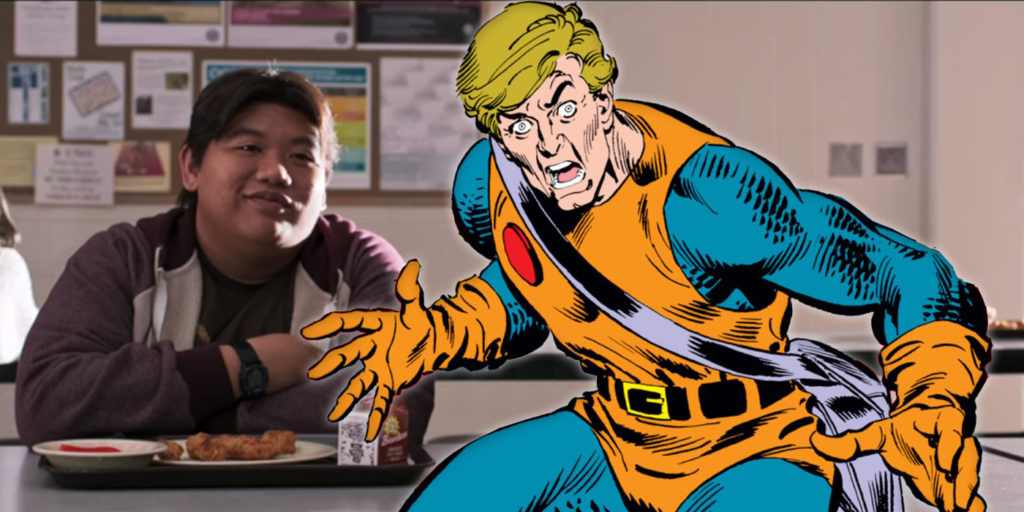
Ned: It’s assumed that Peter Parker’s best friend here is Ned Leeds, played by Filipino actor Jacob Batalon. This is super weird because in the comics, Ned Leeds is a much older reporter for the Daily Bugle that also doubles as the very fit and super strong villain, the Hobgoblin! It’s possible that this “Ned” is an original character meant to be a stand in for Parker’s traditional best friend, Harry Osborn.
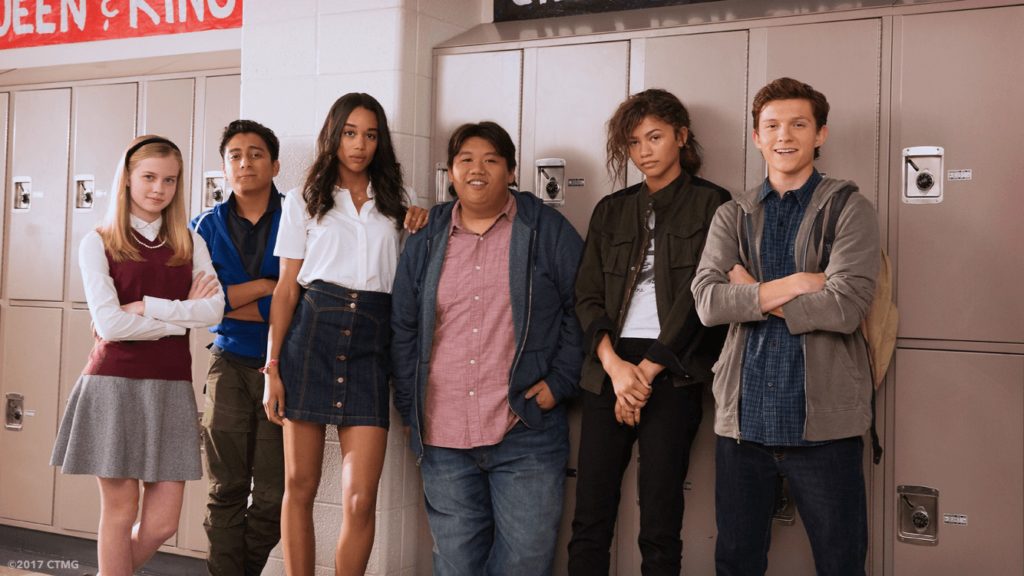
Race and Age Swapping: Spider-Man: Homecoming makes a specific point to create a multi-cultural high school cast for Peter Parker. It’s meant to reflect both what the producers feel is a more current depiction of high school life, but more importantly an open access for all potential audience demographics.
In the mid-1960’s, Marvel was a leading innovator that embraced diversity in comics and introduced many diverse supporting characters and Super-Heroes into all its titles including, the Amazing Spider-Man. However Marvel today seems embarrassed or guilty about the original supporting casts’ races and genders, and have been specifically casting to almost “whitewash” their own history. So Nick Fury swaps races for Samuel L. Jackson in Avengers, Peggy Carter is British and her role is elevated as a leader in Captain America, the Ancient One is a woman in Dr. Strange, and almost the entire supporting cast for Peter Parker is replaced with multi-cultural counterparts: Liz Allen and Michelle “M.J.” are African-American, Flash Thompson is Indian, and Ned Leeds is Filipino. Of course, if the screenwriters wanted diversity, why couldn’t they have just introduced new characters or used the already existing diverse characters from the comics? Isn’t it a bit patronizing to the audience? Do audience viewers really think along ethnic demographics when they are enjoying a movie? That being said the personalities of the characters were very much in keeping with their comic attitudes.
Check out our great selection of Spidey Comics, CLICK HERE
Joshua H. Stulman
Owner, BrooklynComicShop.com


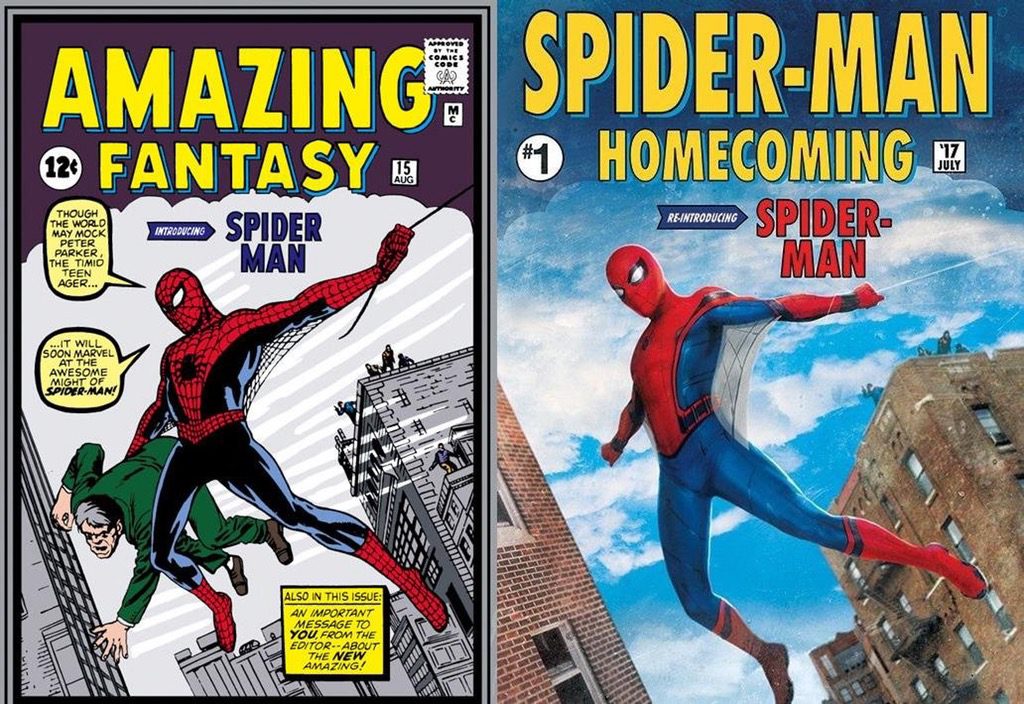








Leave a reply